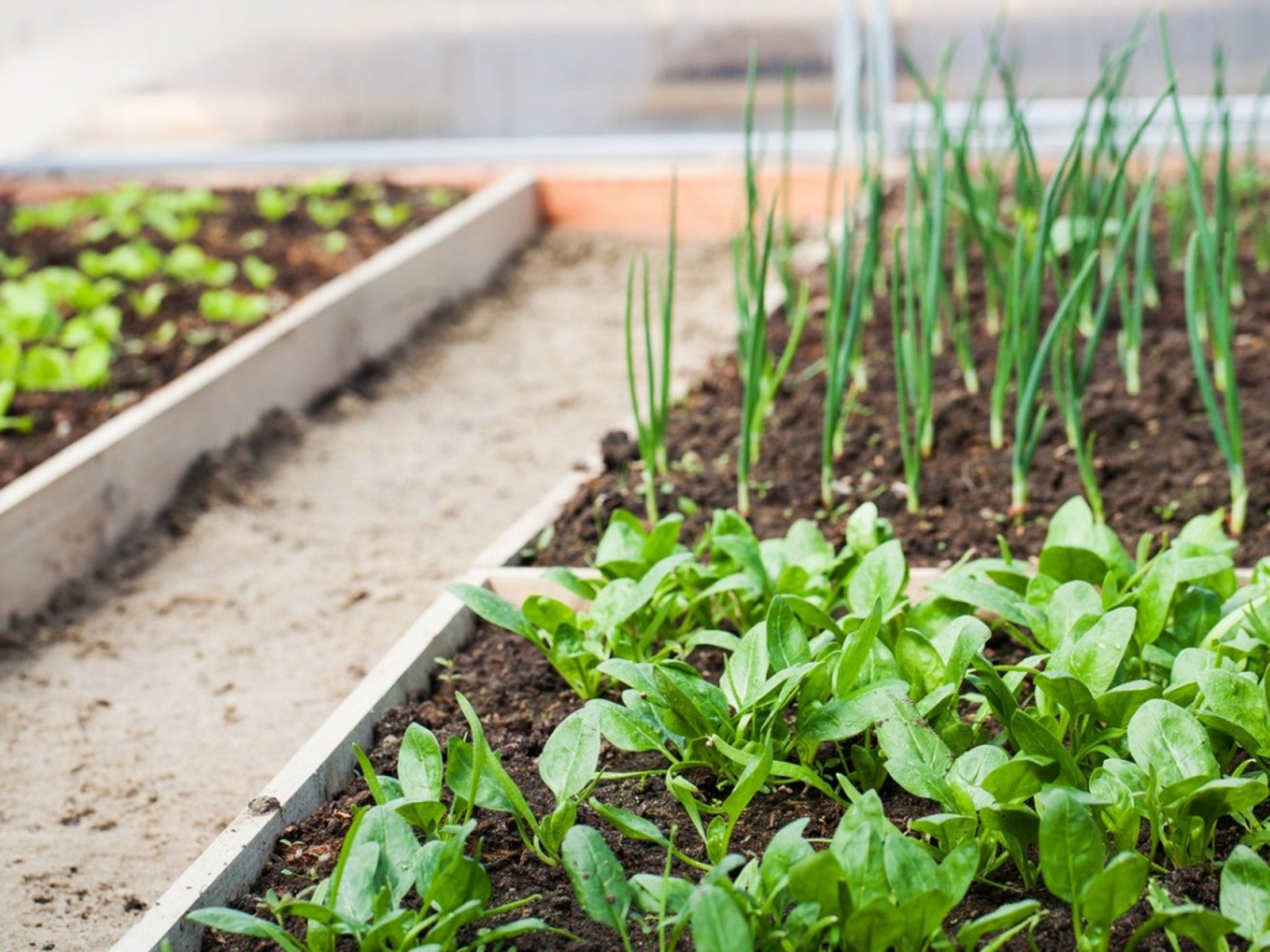
Companion planting, also referred to as intercropping, is a method of planting that strives to use companion plants for the mutual benefit of a crop. Take companion planting spinach, for example. In this case, gardeners should include companion plants for spinach that will benefit it, either by deterring pests, suppressing weeds or improving soil quality. Read on to learn about companion plants and flowers for spinach.
Reasons for Companion Planting Spinach
Companion planting in general benefits the garden in a multitude of ways. It not only can deter pests but attract beneficial pollinators. Companion plants may provide support for other crops, as in the classic “Three Sisters” planting comprised of squash, beans and corn. In this case, the corn provides support for the beans; the beans affix nitrogen into the soil and the large leaves of the squash shade and protect the roots of all three from the harsh rays of the sun.
In the case of spinach companion plants, the gardener needs to think of the needs of spinach plants. Spinach is a cool season crop that should be sown early. It has a deep taproot, isn’t particularly tall, needs no support and likes moist, nitrogen rich soil. Hand pulling or cultivating weeds around spinach can damage the roots, so weed retardation is a must.
Companion Plants for Spinach
Spinach is also a rapid grower so, when considering companion plants, combine slower maturing crops such as tomatoes and peppers. This way when the slower growing spinach is harvested the late maturing plants will have room to mature.
Beans and peas are terrific companion plants for spinach. Not only do legumes affix nitrogen into the soil, but these taller companions help shade the spinach and keep it from bolting.
Other spinach companion crops include cabbage, cauliflower, chard, onion, and strawberries.
Companion Flowers for Spinach
Plants with bold scents and bright colors confuse pests and attract beneficial pollinators. Selecting flowering plants that not only add beauty but also attract beneficial insects is one of the principles of Integrated Pest Management (IPM). IPM reduces or eliminates the need to use chemical controls in the garden.
Sign up for the Gardening Know How newsletter today and receive a free copy of our e-book "How to Grow Delicious Tomatoes".
Evidence suggests that planting marigolds as companion plants throughout the vegetable garden aids in control of nematodes. Tagetes patula or French marigold is the most highly recommended for protection from several types of nematode.
Annual flowers in general are a good choice for use as companion plants since they can be moved about the garden year after year just as you move or rotate crops.
Another annual to use as companion flowers for spinach are nasturtiums, an edible addition with the benefit of attracting aphids from crops.
Zinnias are also excellent companion plants that can provide shade to the spinach and may deter predatory pests.
Lastly, cosmos attract a multitude of beneficial insects that feed on pests. Their taller height will also help to shade spinach from intense heat.

Amy Grant has been gardening for 30 years and writing for 15. A professional chef and caterer, Amy's area of expertise is culinary gardening.
